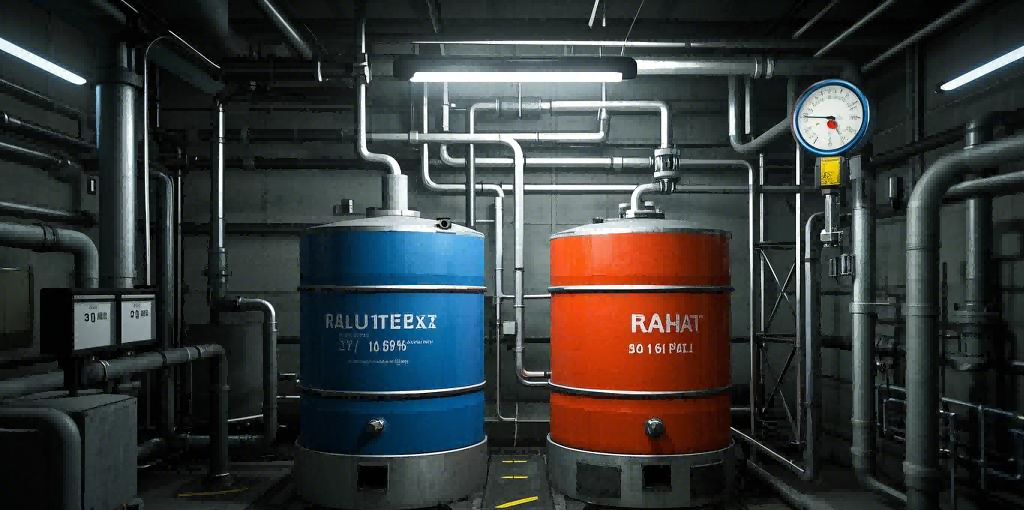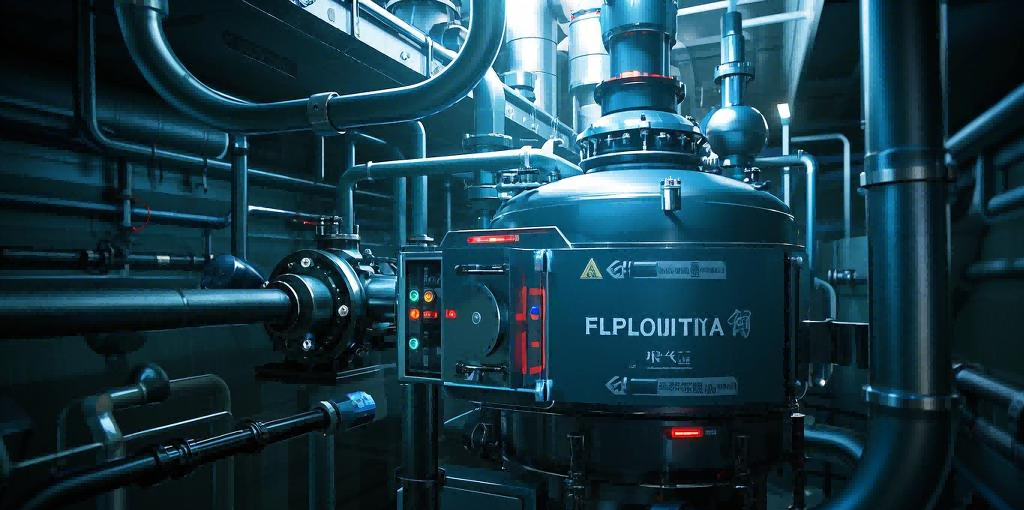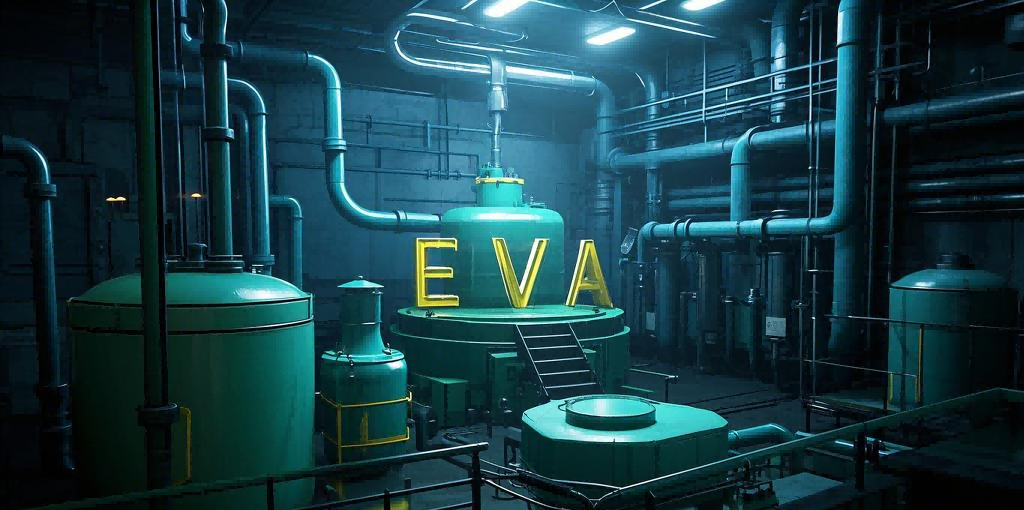No data
The two primary raw materials for EVA production are ethylene and vinyl acetate. Ethylene is a colorless, flammable gas that is abundantly available in the petrochemical industry, usually derived from the cracking of hydrocarbons such as natural gas liquids or naphtha. Vinyl acetate, on the other hand, is a colorless liquid with a characteristic pungent odor. It is typically produced through the reaction of ethylene, acetic acid, and oxygen in the presence of a catalyst. High - purity raw materials are crucial to ensure the quality and properties of the final EVA product.

The heart of EVA production is the polymerization process, where ethylene and vinyl acetate monomers are combined to form long - chain polymers. There are mainly two polymerization methods:

This method is carried out at extremely high pressures, typically in the range of 1000 - 3000 atmospheres, and high temperatures (150 - 300°C). A free - radical initiator, such as organic peroxides, is added to initiate the polymerization reaction. Under these conditions, ethylene and vinyl acetate monomers react rapidly, forming a random copolymer. The high - pressure process allows for a relatively high production rate and can produce EVA with a wide range of vinyl acetate contents, usually from 5% to 40%.
In solution polymerization, ethylene and vinyl acetate monomers are dissolved in an inert solvent, such as hexane or toluene. A catalyst system, often a transition - metal - based catalyst like Ziegler - Natta or metallocene catalysts, is used to initiate the polymerization. The reaction takes place at lower pressures (1 - 10 atmospheres) and temperatures (50 - 150°C) compared to high - pressure polymerization. Solution polymerization offers better control over the polymer structure, resulting in EVA with more uniform molecular weight distribution and better - defined properties. However, it requires additional steps to separate the polymer from the solvent and remove any remaining catalyst residues.
After the polymerization process, the resulting EVA polymer needs to undergo several post - treatment steps:

Unreacted ethylene and vinyl acetate monomers, as well as any solvents used in the polymerization process, must be removed. This is typically achieved through processes such as flash evaporation, distillation, or stripping. Removing these volatile components is essential to ensure the quality and stability of the final EVA product.
Various additives are often added to the EVA polymer to enhance its properties. These additives can include antioxidants to prevent oxidation and degradation, UV stabilizers to protect against sunlight, plasticizers to improve flexibility, and colorants to achieve the desired color. The additives are carefully blended with the EVA polymer in a mixer or extruder to ensure uniform distribution.
The treated EVA polymer is then typically formed into pellets. Pelletization is a process where the polymer is melted and extruded through a die with small holes. The extruded strands are then cut into small, uniform pellets using a pelletizer. These pellets are easier to handle, store, and transport, and they serve as the intermediate product for further processing into finished EVA products.
The EVA pellets are the starting point for manufacturing a wide variety of finished products. Common molding and fabrication techniques include:

In injection molding, the EVA pellets are melted in a heated barrel and then injected under high pressure into a mold cavity. The molten EVA takes the shape of the mold cavity and solidifies as it cools. This process is widely used for producing small to medium - sized EVA products with complex shapes, such as toys, automotive interior parts, and consumer electronics components.
Extrusion is a process where the melted EVA is forced through a die to form a continuous shape, such as sheets, films, tubes, or profiles. For example, EVA sheets can be used for packaging, insulation, or flooring applications, while EVA films are commonly used in food packaging and greenhouse covers.
4.3 Blow Molding
Blow molding is used to produce hollow EVA products, such as bottles, containers, and inflatable products. In this process, a pre - formed EVA parison (a tube - like piece of molten polymer) is placed inside a mold cavity. Air is then blown into the parison, causing it to expand and conform to the shape of the mold.
In conclusion, the production of EVA material from raw materials to finished products involves a series of complex yet well - coordinated processes. Each step, from raw material preparation to polymerization, post - treatment, and final molding, plays a crucial role in determining the quality and properties of the EVA products that are widely used in various industries